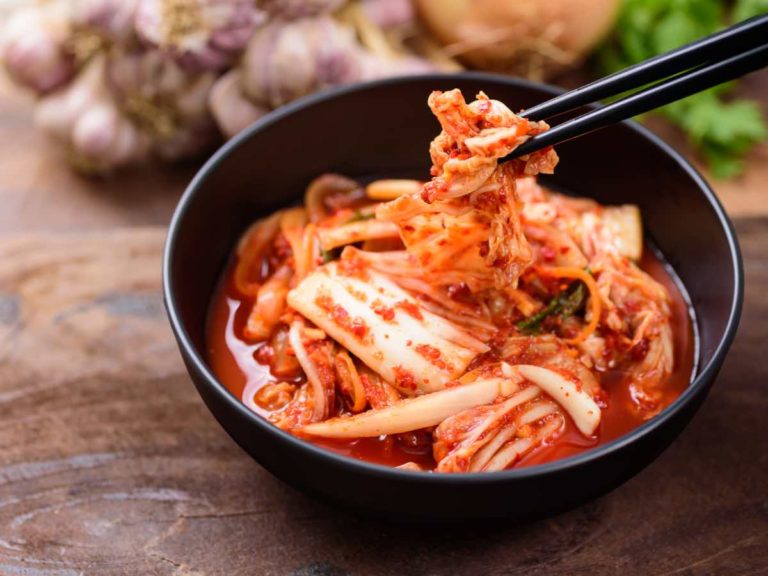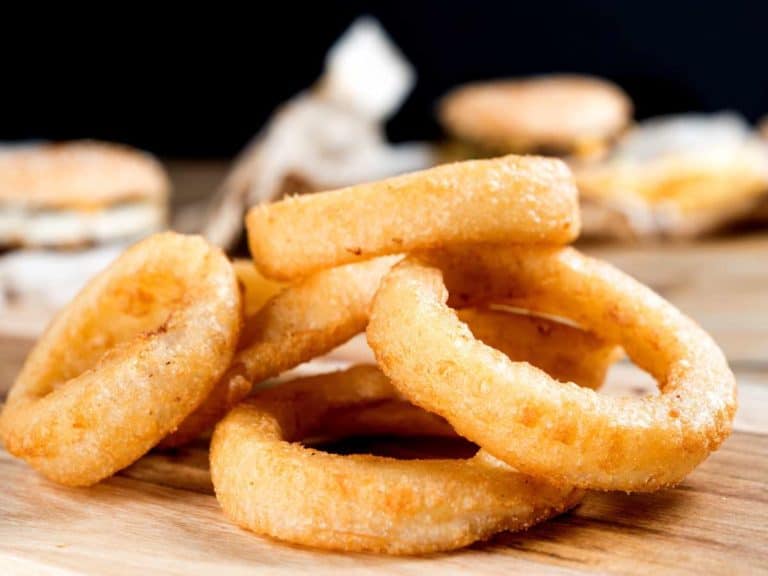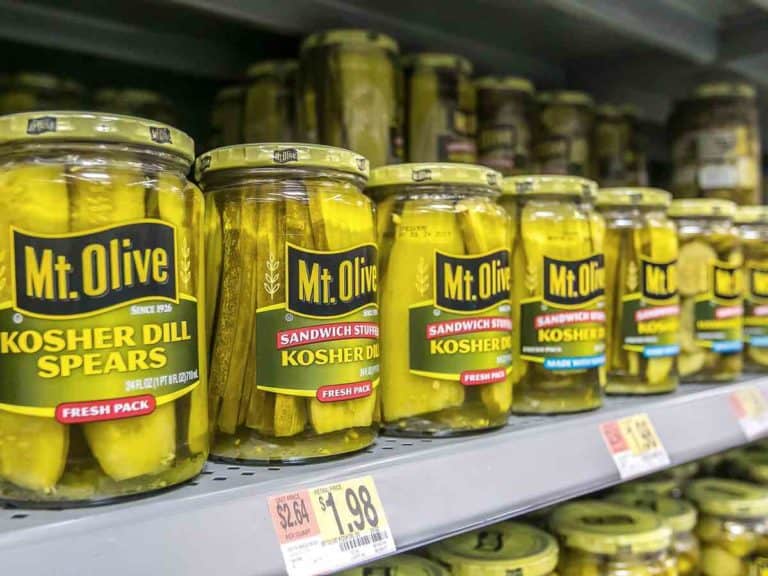Can You Eat Chicken Bones – Fun Facts
Some people swallow chicken bones by accident. And then there are also those that eat chicken bones on purpose. Because chicken bones are animal products, they are non-toxic, right? But is it really safe to eat them? Or is there even something good that can come from deliberately consuming them?
Chicken bones can be eaten, particularly the well-cooked edges and exposed parts. Just like chicken meat, chicken bones have health-giving nutrients such as calcium and phosphorus. However, one must avoid consuming sharp chicken bone pieces as well as large parts in order to avoid medical emergencies.
Read on whether you have accidentally ingested a piece of chicken bone or are planning on giving eating it a try.
In this post, we will talk about things that have something to do with consuming chicken bones —the perks of adding them to the diet, certain risks that come with eating them, how else you can eat chicken bones.
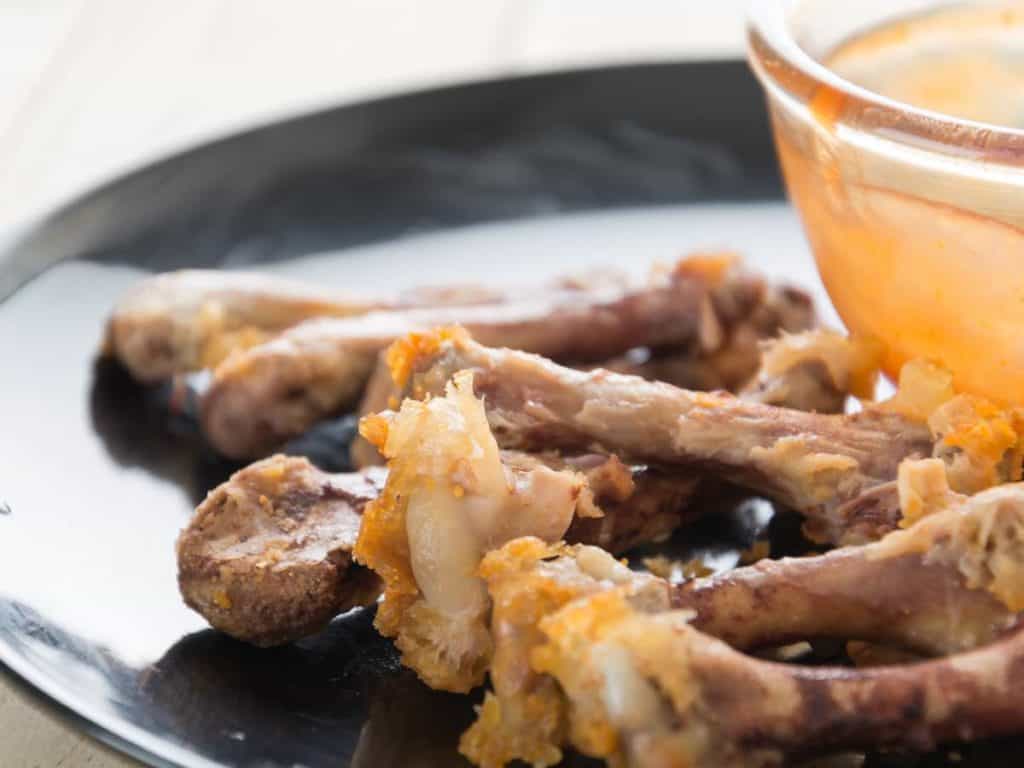
Are Chicken Bones Dangerous to Eat?
Chicken bones are safe to eat as long as they are cooked well and large and sharp pieces are avoided. Small chicken bone pieces can be digested by the stomach properly. Meanwhile, large chicken bone pieces may pose a choking hazard and sharp chicken bones may cause damage to the gastrointestinal tract.
Just about anything edible can be risky if you consume it carelessly.
Eating chicken bones is perfectly safe for as long as you stick to small pieces and chew them carefully. The best parts of a chicken bone to eat are the edges, particularly parts that are exposed or have very little meat.
The consumption of very sharp pieces of chicken bones can cut not only your mouth but also the lining of the upper part of your gastrointestinal tract and the lower part, too, if your stomach fails to digest them properly. You should also avoid eating large pieces of chicken bones in order to fend off the risk of choking on them.
According to health authorities, chicken bones pass through the entire gastrointestinal tract within one week or less. However, in some instances, particularly if sharp chicken bones are swallowed, certain complications may strike. Some of those that may occur are intestinal obstruction, impaction and perforation.
Are Chicken Bones Healthy?
The key nutrients in chicken bones are calcium and phosphorus, both of which can help strengthen human bones and teeth. Chicken bones also contain magnesium, potassium, sodium and collagen. Chicken bone marrow, on the other hand, packs even more health-giving nutrients than the chicken bone itself.
It’s no secret that chicken meat is healthier than red meat, especially if you get rid of the skin, because it is lower in bad fats and at the same time higher in healthy fats.
Chicken meat is high in protein, too, which is why bodybuilders absolutely love adding it to their diet.
The good news is that chicken meat is not the only part of the chicken that’s healthy but also chicken bones — they are phenomenal sources of bone- and tooth-strengthening calcium and phosphorus.
Many other nutrients are present in chicken bones, too, but something that tends to make more waves, especially among beauty-conscious individuals, is collagen. Everyone knows that collagen is the main ingredient in so many beauty supplements designed to keep the skin soft and elastic, thus slowing down the process of aging.
Collagen in chicken bones may also provide the following perks:
- Relief of joint pain
- Lowered risk for osteoporosis
- Increased muscle mass
- Reduced risk for atherosclerosis
- Relief from leaky gut syndrome symptoms
- Increased metabolic rate
Besides the bones themselves, there is one more thing about eating chicken bones that makes it good for the health: the marrow in the chicken bones.
So many nutrients can be found in chicken bone marrow.
One of them is iron, which helps prevent anemia, and another is selenium, which has antioxidant properties that may help prevent cancer and heart disease. Chicken bone marrow is packed, too, with B vitamins necessary for energy generation and healthy cells.
The marrow in chicken bones also contains vitamins A and E.
However, it’s important to note that chicken bone marrow is also packed with fat and calories. So, whether you are trying to shed off excess pounds or reducing your intake of fat as per your doctor’s recommendation, it’s a good idea to limit your intake of the marrow in chicken bones — just stick to the chicken bones themselves.
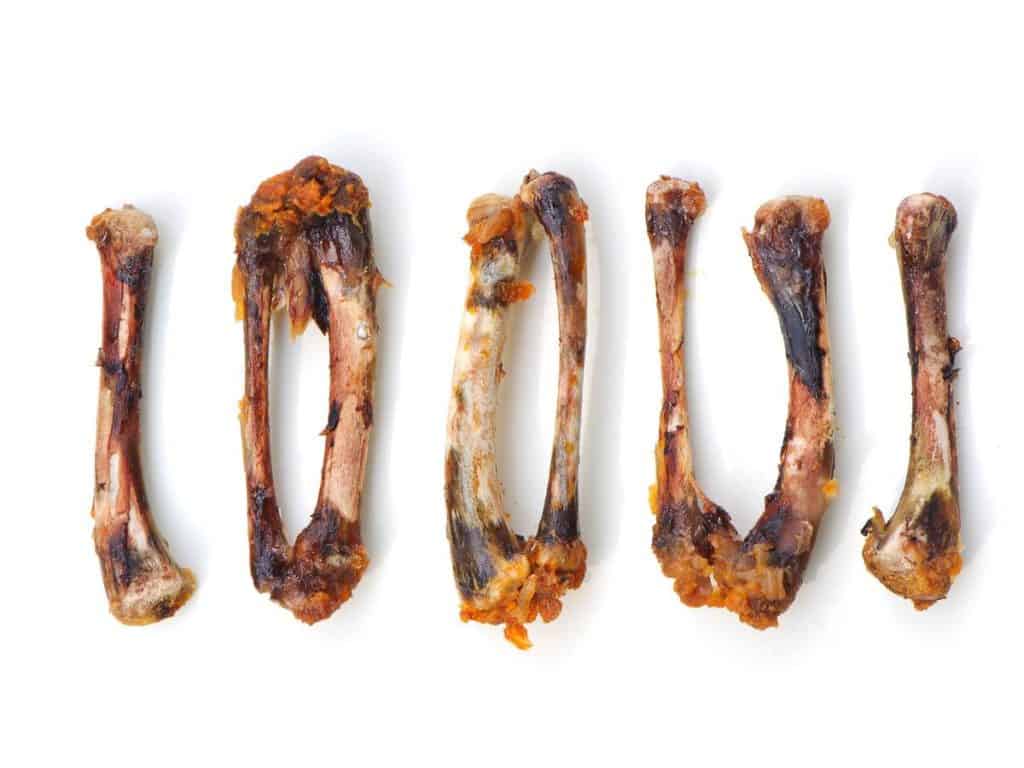
How Else Can You Eat Chicken Bones?
Gnawing on chicken bones is not the only way for one to enjoy the health benefits they offer and reduce food wastage, too. Chicken bones can be simmered in water for a long time in order to produce chicken stock, which can then be used for cooking grains and braising chicken meat or vegetables.
Some people don’t have trouble eating chicken bones. But then there are also those that cannot take consuming them, usually because of their taste and texture.
One of those who hate chicken bones but would love to enjoy the health benefits they offer? Fret not!
That’s because there is another way to add chicken bones to the diet without actually chewing on them, and it’s by turning them into chicken stock. Unlike chicken broth, which is made from chicken meat and has a thinner consistency, chicken stock is made from chicken bones and is slightly thicker and has a richer taste, too.
A lot of people love chicken stock, including especially health- and beauty-conscious ones, because it’s teeming with collagen — if you consume chicken stock, you enjoy the many wholesome perks of collagen discussed earlier.
Here are the steps to making healthy and delicious chicken stock from chicken bones:
- Place leftover chicken bones (including the skin, if any) in a large pot.
- Add your preferred vegetables like carrots, corn, cabbage, celery and onions.
- Season with salt (about a teaspoon) and pepper (about 1/4 teaspoon).
- Cover chicken bones and other ingredients with water and bring to a rolling boil.
- Reduce heat to bring the chicken stock to barely a simmer.
- Partially cover the pot and allow the chicken stock to simmer for four hours.
- From time to time, scoop out any foam that forms on the surface.
- Allow the chicken stock to cool for a while after simmering.
- Remove the bones and vegetables with a slotted spoon or ladle.
- Strain the chicken stock through a fine-mesh sieve.
- Transfer to a large jar with a lid and store the chicken stock in the refrigerator.
Just Before You Eat Chicken Bones
Generally speaking, chicken bones are safe to eat. This is most especially true if they are roasted or deep-fried very well — their crunchiness reveals the fact that they can be eaten by humans. The edges of long chicken bones or chicken bone parts that are slightly exposed are the safest to eat.
Chicken bones not only make chicken meat taste better but also provide the body with added nutrients. Similarly, eating them helps reduce wastage.
When eating chicken bones, however, make sure that you chew them very well.
It’s also important to avoid going for sharp chicken bone pieces as they can cut the soft tissues in the mouth as well as the lining of the upper gastrointestinal tract and the lower part, too, if the stomach fails to digest them completely. It’s also a must that you avoid swallowing large chicken bone pieces to avoid the risk of choking and intestinal obstruction.
Related Questions
What should I do if my child swallows a chicken bone?
A small piece of chicken bone, typically, will dissolve in the stomach of a child, thus keeping it from posing a danger the moment it hits the intestines. But if the child is exhibiting signs of choking or pain, it’s important that he or she is brought to the emergency room right away to be checked by a doctor.
Do chicken bones show up on x-ray?
Small and thin pieces of chicken bone, just like fish bones, may not show up on x-ray. That’s because their density may not be sufficient to absorb enough radiation to make themselves visible on x-ray. For poultry applications, there is a special type of x-ray veterinarians use to diagnose skeletal disorders in chickens.
